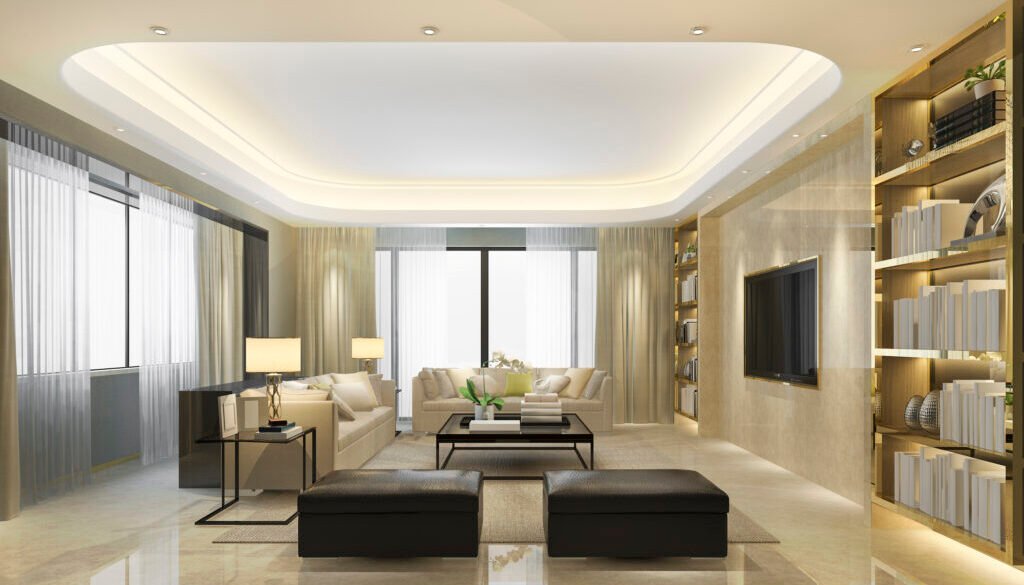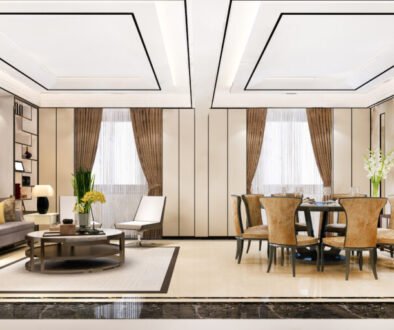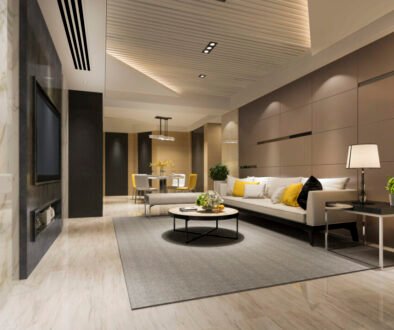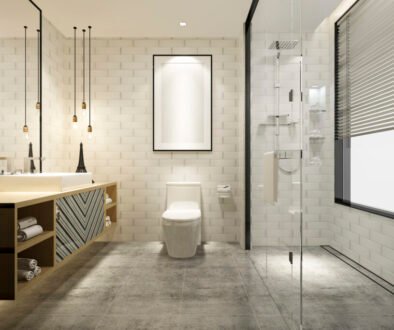Incorporating Textures in Your Home Interior Design: Ideas and Inspiration
Textures play a vital role in interior design, adding depth, visual interest, and a tactile experience to your home. Whether you prefer a sleek and modern aesthetic or a cozy and rustic feel, textures can help create a dynamic and inviting space. In this article, we will explore various ideas and provide inspiration on how to incorporate textures into your home interior design.
Natural Elements:
One of the easiest and most effective ways to introduce textures into your home is by incorporating natural elements. Materials like wood, stone, rattan, jute, and bamboo add warmth, character, and a sense of connection to nature. Consider using hardwood floors, exposed brick walls, or reclaimed wood furniture pieces to bring a natural and organic texture to your space.
Wall Treatments:
Walls provide an excellent opportunity to introduce texture into your home. Consider using textured wallpapers, such as grasscloth, linen, or textured paint finishes, to add visual interest to a room. Textured walls can create a focal point or serve as a backdrop for artwork and other decor elements.
Layered Fabrics:
Textiles are an essential element in creating texture. Experiment with different fabrics and layer them to add depth and dimension. Mix and match materials like velvet, faux fur, knits, linen, and silk to create a visually rich and inviting space. Use textured throw pillows, blankets, and curtains to introduce different tactile experiences throughout your home.
Contrast Smooth and Rough:
Combining smooth and rough textures can create a striking contrast that adds visual interest to your space. Pair sleek, glossy surfaces like glass or polished metal with rougher textures like exposed brick, concrete, or textured ceramics. This contrast creates a balanced and dynamic look that can be visually appealing.
Incorporate Upholstery:
Upholstered furniture offers a great opportunity to introduce textures. Consider furniture pieces with interesting textures like tufted or quilted upholstery, or opt for chairs or sofas with textured fabric such as boucle or chenille. Textured upholstery adds both visual and tactile appeal to your living space.
Lighting Fixtures:
Lighting fixtures not only serve a functional purpose but can also contribute to the overall texture of a room. Choose fixtures with interesting shapes, finishes, or materials. Consider options like woven rattan pendant lights, metallic sconces, or fixtures with textured shades. The interplay of light and texture can create a captivating ambiance.
Decorative Accents:
Small decorative accents can make a big impact on the texture of a room. Introduce items like woven baskets, textured vases, ceramic sculptures, or carved wooden figurines. These accents add layers of texture and create visual interest on shelves, tables, or mantels.
Statement Rugs:
Rugs not only add warmth and define spaces but can also introduce texture to your floors. Opt for rugs with different pile heights, patterns, or materials like shag, jute, sisal, or cowhide. A well-placed rug can anchor a room and serve as a focal point, while also adding a cozy and textured element to the overall design.
Architectural Details:
Pay attention to architectural details in your home as they can contribute to the texture of a space. Exposed beams, textured ceiling tiles, or decorative molding can add character and visual interest. Highlight these features by using appropriate lighting techniques or by painting them in contrasting colors.
Outdoor Textures:
Extend your interior design to the outdoors by incorporating textures in your outdoor spaces. Use natural elements like stone or gravel in your garden or patio areas. Include textured outdoor furniture, such as wicker or teak, and add cozy textiles like outdoor rugs or weather-resistant cushions.




